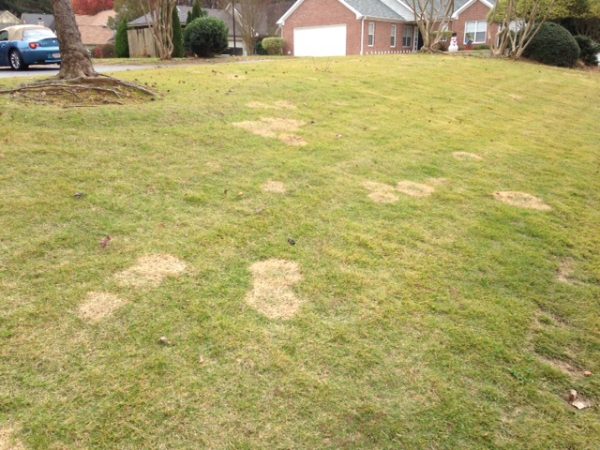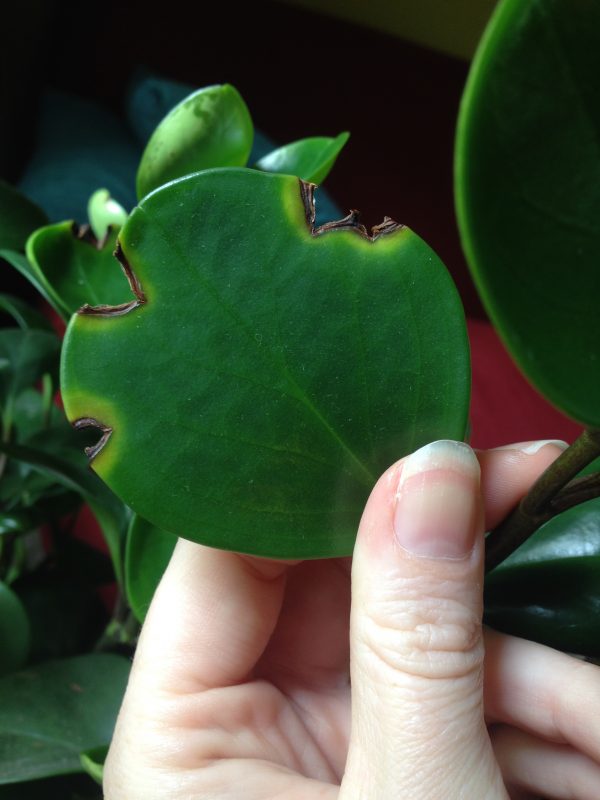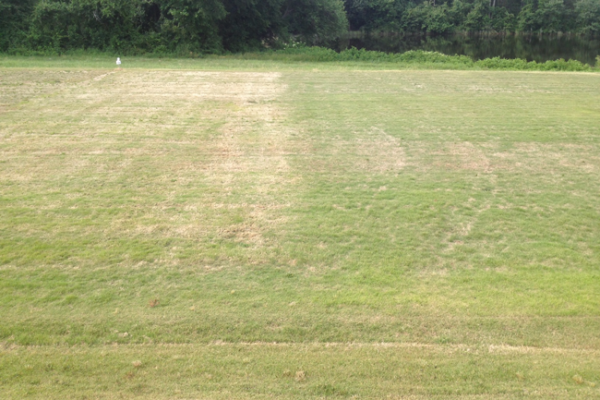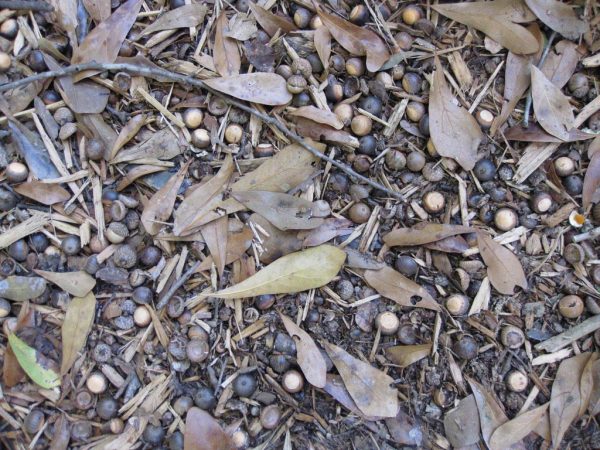Citrus
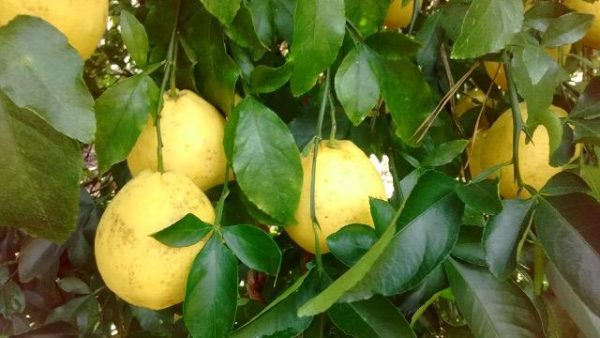
Citrus spp.
With selection of the more cold-hardy varieties, Citrus can be grown in the warmer spots of Zone 8a and in most areas of Zone 8b, particularly those near the coast. A hard freeze (20 F and lower) will severely damage trees. Temperatures below 26 F will damage fruit.
• This information can be found in The Georgia Fruit & Vegetable Book by Walter Reeves and Felder Rushing
• See also Fertilizing Home Garden Citrus
The varieties noted below are all early season fruit, less likely to suffer cold damage. Small trees, like ‘Meyer’ lemon or any Citrus grafted onto the dwarfing ‘Flying Dragon’ rootstock, are suitable for growing in a pot and moving indoors when frost threatens.
Plant outdoors in full sun or in very light shade, such as from nearby tall pine trees. The taller trees may prevent frost from forming on a Citrus tree beneath. A spot on the south side of a home or building may also provide protection from cold. Space trees 15 feet apart.
Dig a hole three times the size of the root ball. Keep the top of the root ball level with the surrounding soil surface as you fill the hole. Tamp the soil with your shoe as you fill. Water thoroughly after planting and then weekly for the first year. Keep an area five feet in diameter under the tree clear of grass, to minimize competition for water and nutrients. As the young tree grows, prune to develop an open center. Fertilize young trees four times during the growing season, in March, April, June and July. Scatter 1/3 pound of 10-10-10 per year of tree age up through 3 years of age evenly under the branches of the plant. For bearing trees, use 1/2 pound of fertilizer per year of age applied in March and June.
Varieties to look for:
Satsuma – ‘Armstrong Early’, ‘Brown’s Select’, ‘Port Neches’
Tangerine – ‘Clementine’, ‘Dancy’
Sweet Orange – ‘Hamlin Sweet’, ‘Washington’
Grapefruit – ‘Duncan’
Kumquat – ‘Meiwa’
Lemon – ‘Meyer’
Lime – ‘Key’ (Mexican)





